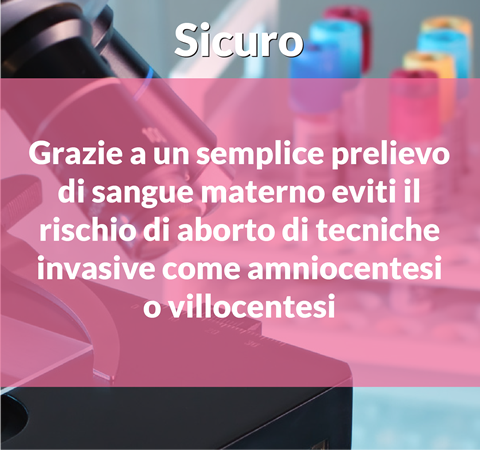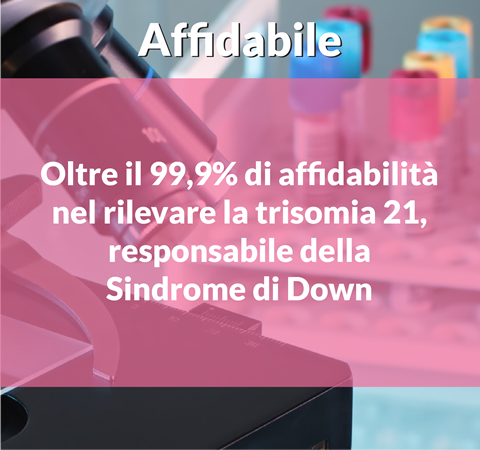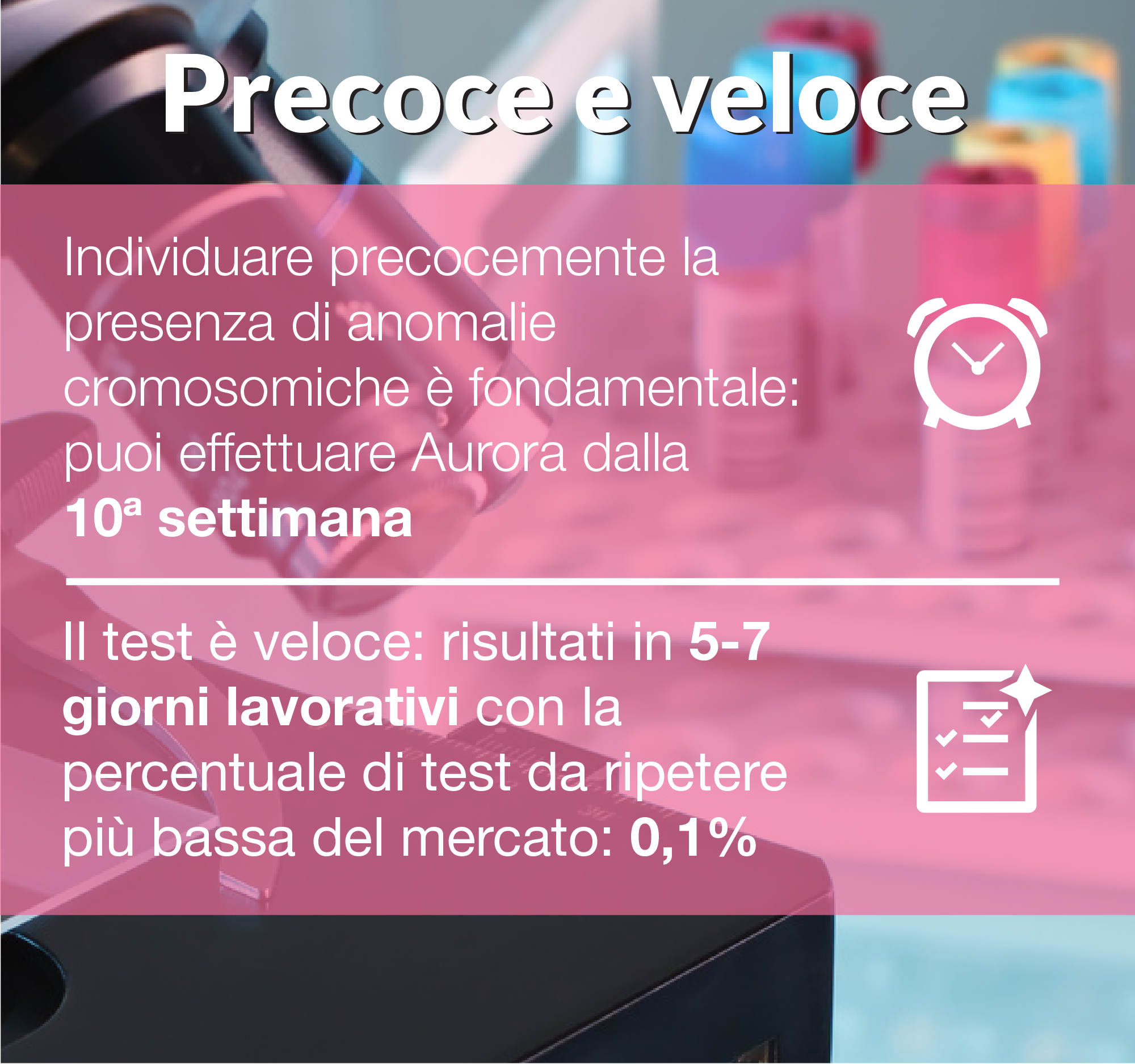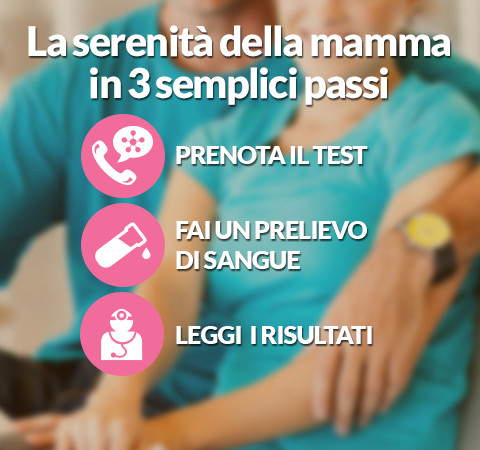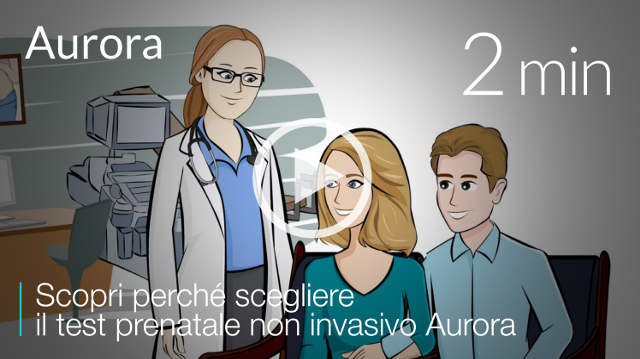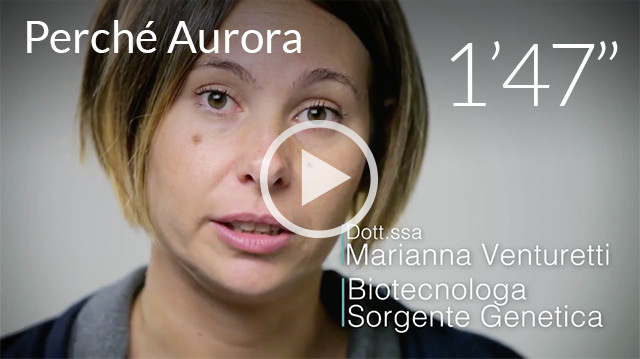The aneurysmal malformation of the Galen vein (MAVG) is a rare disease that affects the brain. Causes abnormalities in the circulatory system of the brain and can be fatal in newborns. A team of pediatric researchers and neurosurgeons collected a cohort of patients from the disease. In this way it was possible to identify the genetic mutations causing in the MAVG.
In the aneurysmal malformation of the vein of Galen the capillaries are missing between the arteries and the veins. These should act as a buffer between the first high pressure and the second low pressure. Their absence therefore increases the risk that the veins break. If the disease remains untreated, it is likely that the patient will die from massive hemorrhage. For this reason, early diagnosis is essential.
The researchers collected a group of people suffering from the disease. From the genetic analysis it was found that 30% of these had a mutated version of the EPHB4 gene. The mutation is part of a larger syndrome, which causes MAVG and spots on the skin present from birth. Some carriers of the mutation do not have the malformation, but they have the spots or develop them later. The reason is still unclear and will be deepened.
For the time being, the goal is to develop new diagnostic tools, also improving prenatal diagnosis. In fact, thanks to the discovery it will be possible to look for the EPHB4 gene and intervene before a vein breaks down. In addition, the team is developing inhibitors that affect the gene.
Source: yaledailynews.com







